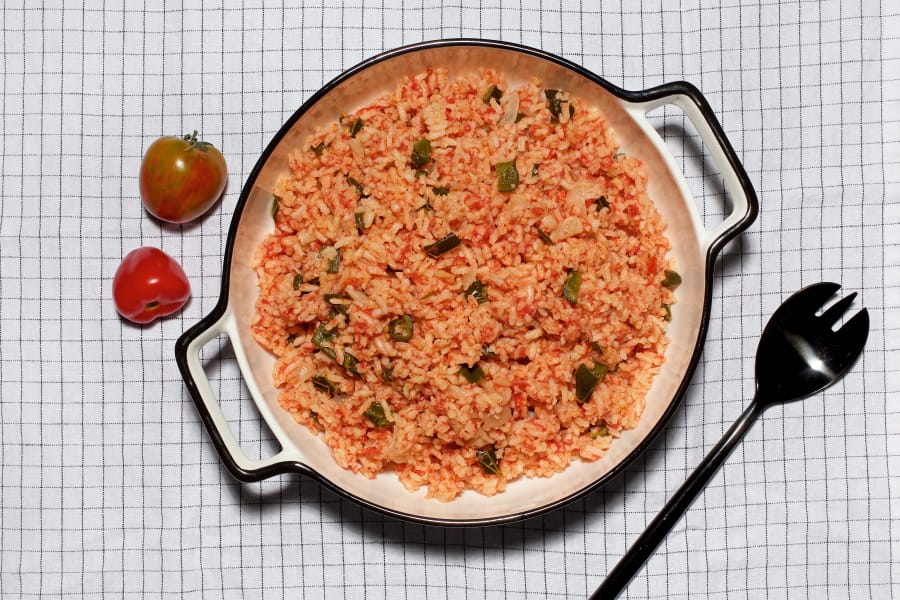The earliest designs on summer tomatoes are always the raw ones: tomato sandwiches, tomato salads, tomatoes peeled and sliced and fanned out on a platter, glistening like something more carnal than vegetal. They are the preparations for which the supermarket counterpart offers no fair approximation, the ones the tomato righteous may forgo eight or nine months out of the year.
Less obvious is the thrill of cooked summer tomatoes. But there is glamour there, too: Think of a fresh tomato soup with its vivid sweetness and acidity, or a satiny sauce, slicking the plate and the lips in a high gloss. There’s the soft creaminess a single ripe tomato can lend to a simple vegetable braise, or the way overlapping slices brown, their sugars bittersweet, on the surface of a gratin.
I especially love setting them off in a pot of rice, the tomatoes and their juices simmering with the grains until every one is plump and stained red, and each ingredient seems to cast a brighter glow on the other.
Most contemporary recipes for this dish, a Southern classic that alternately goes by Savannah, Charleston, Lowcountry or Spanish rice, call for canned tomatoes. In the offseason, they are the superior option to fresh ones. But ripe, in-season tomatoes possess a sweetness, body and complexity of flavor that is rarely captured in a commercially canned product. Using summer tomatoes in place is to taste red rice fully realized.



